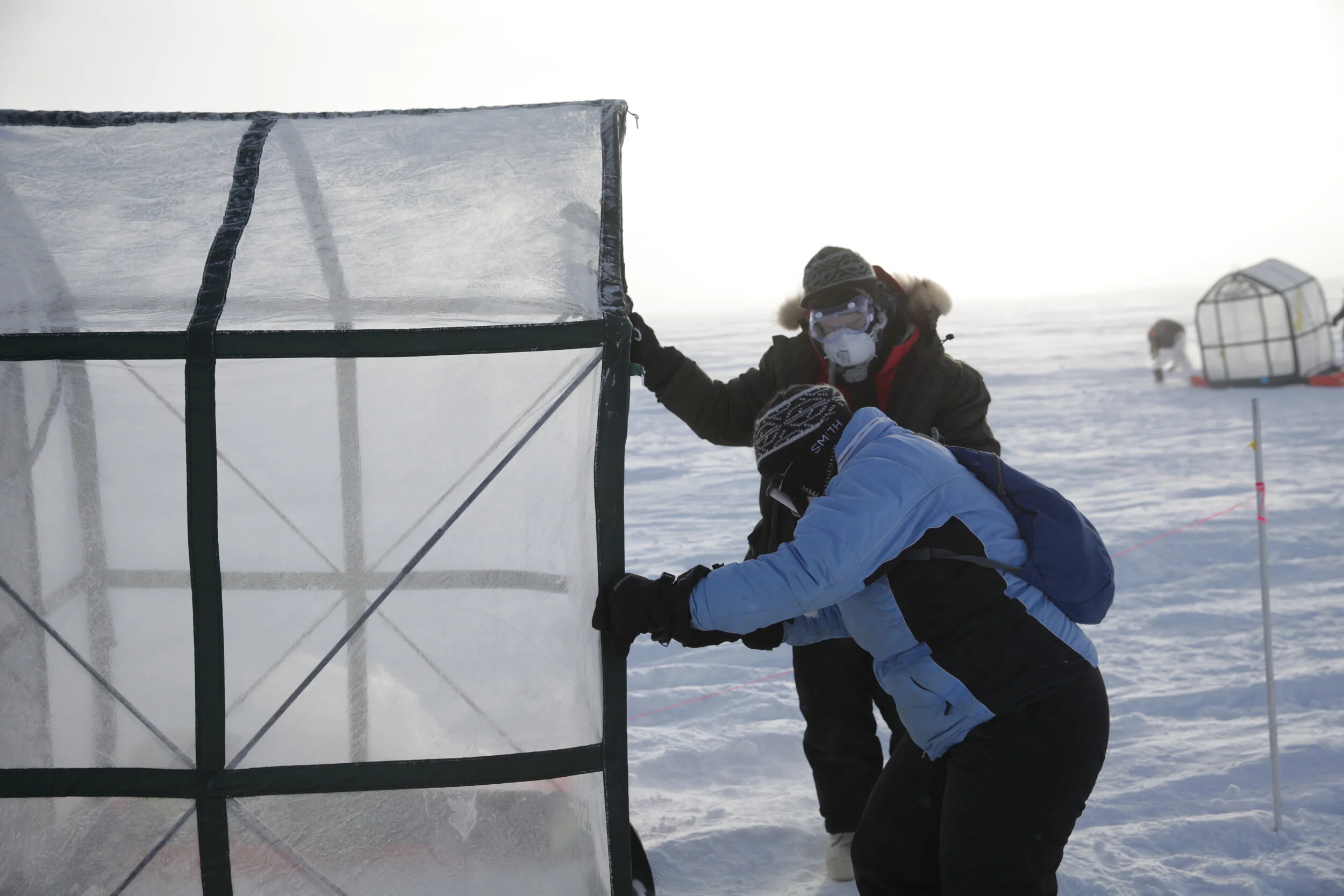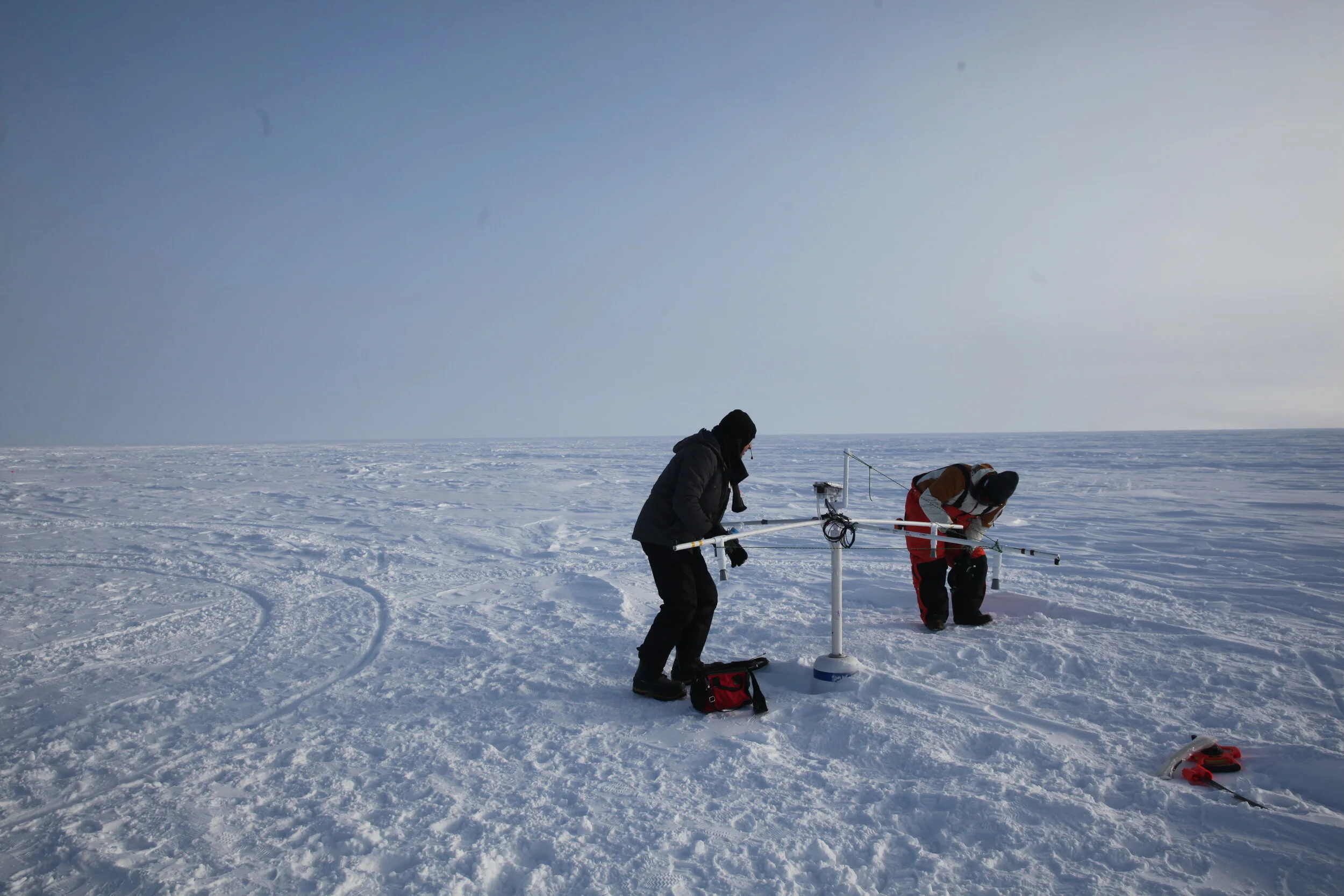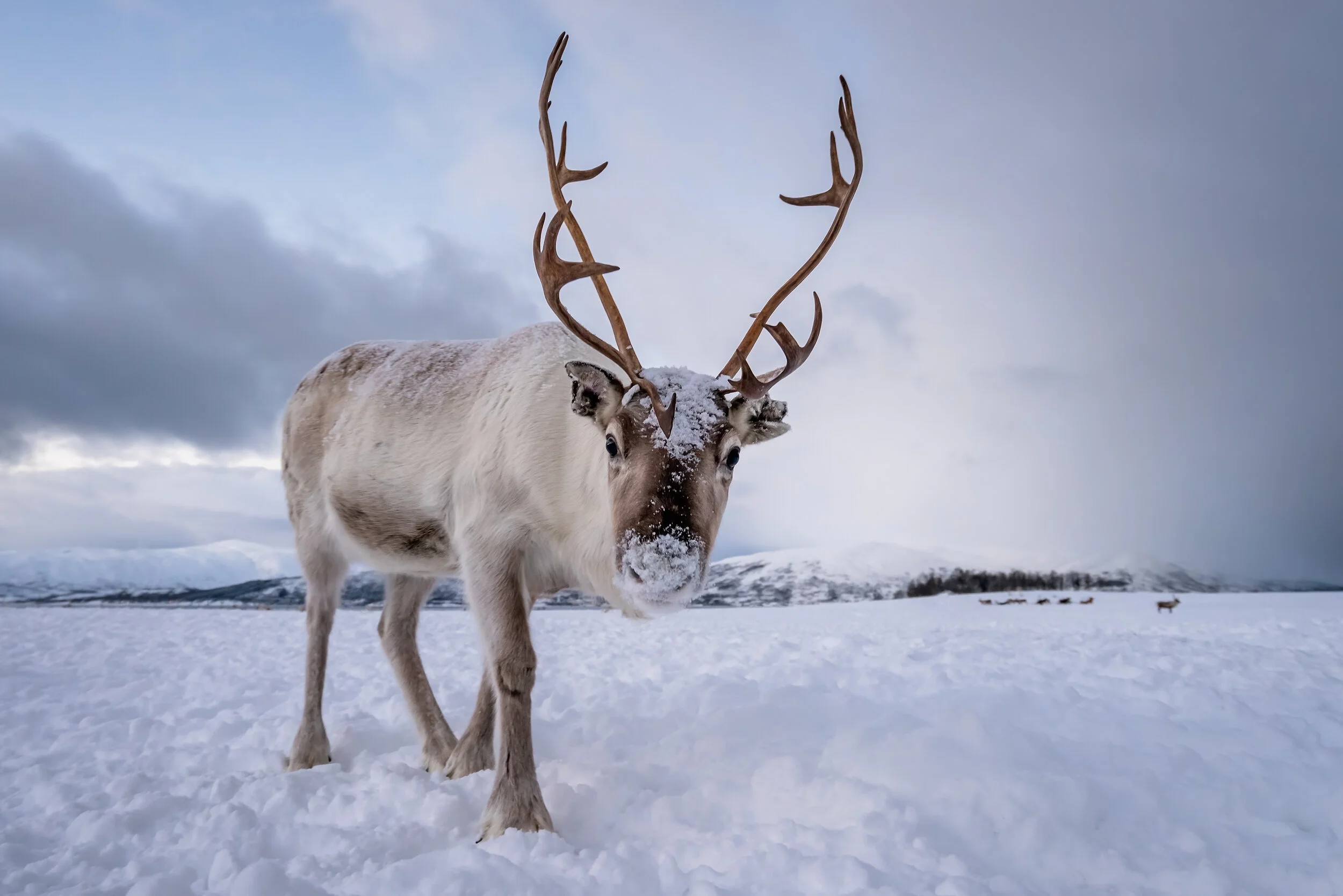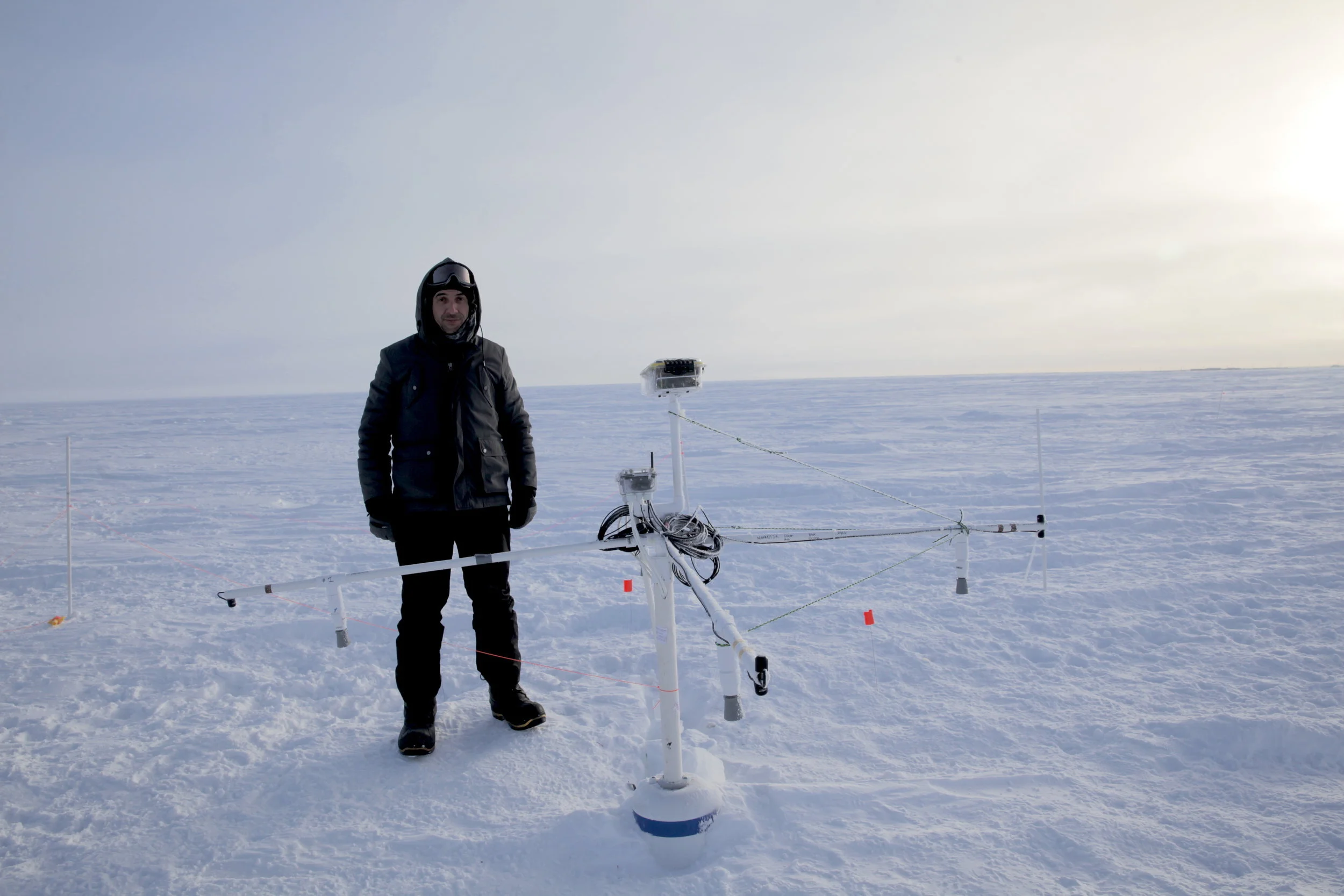Frequently Asked QUestions
What is Arctic Ice Project?
The Arctic Ice Project (formerly Ice911 Research) is the most studied ice restoration effort in the world. As a climate restoration non-profit organization, we’re developing a localized, safe technique to improve ice reflectivity, increase the Earth’s planetary albedo, and slow the rate of global warming. Our technology represents an opportunity to buy up to 15 more years for our planet to decarbonize.
We’ve spent the past decade testing, developing and evaluating different material approaches that could be used to make Arctic ice reflective.
Is Arctic Ice Important?
Yes. Our team is starting with Arctic ice as it’s a very important lever on climate change.
Arctic ice reflectivity plays a critical role in maintaining a safe and stable global climate. For millions of years, Arctic sea ice has served as the Earth’s natural heat shield by reflecting incoming solar radiation safely back to space, keeping us at an even temperature.
Loss of reflective ice in the Arctic over the past few decades contributes greatly to the current global temperature rise.
What’s Happening in the Arctic?
The National Oceanic and Atmospheric Administration’s 2019 Arctic report card communicates that the region is experiencing unprecedented changes as a result of warming air temperatures and ocean waters, and declining sea ice.
These changes in the Arctic environment are affecting ecosystems and communities on a global scale.
What was once a result of global temperature rise, now drives and accelerates further global warming, and peer-reviewed literature indicates the ice loss has also destabilized the jet stream, adding to climate instabilities.
Is this a Climate Crisis?
Yes. Scientists worldwide report that continued warming of the Arctic’s atmosphere and ocean are driving broad changes in the Earth’s environmental system.
The changes that are happening in the Arctic don’t just affect the Arctic. Our planet has already experienced several devastating effects as global average temperatures have risen by 0.8°C due to human causes, including droughts, wildfires, flooding, and sea level rise.
Why Not Just Fix the Problem of Greenhouse Gases?
We need to do both.
Our team is working to slow climate devastation and give the world’s nations the urgently needed time to complete the transition to decarbonization, and sustainable energy and fuels. Restoring Arctic reflectivity may be the single safest lever we have to slow climate devastation.
Without taking action to preserve and rebuild Arctic ice reflectivity, it is unlikely that we can hold temperature rise to less than 2 degrees C, nor to meet the United Nations Sustainable Development Goals.
While this important decarbonization work is being done, this material can be used to avert billions or trillions of dollars of climate devastation, loss of life, and loss of ecosystems.
The loss of Arctic reflectivity is currently driving ⅓ of global temperature rise, accelerating the devastating impacts of climate change. Slowing the Arctic ice loss, and in fact, rebuilding it can substantially reduce these tragic damages.
What’s One Solution?
We’ve spent the past decade testing, developing and evaluating different material approaches that could be used to make Arctic ice reflective.
While we are continuing to evaluate technologies, a major focus of our team is reflective hollow microspheres, chosen for its safety, effectiveness, and practicality.
This most-promising technology is a safe choice for animals and ecosystems because it has been extensively tested, and we will continue to test it. All life on Earth has co-evolved with it in various forms on land, in our rocks, and dissolved in our oceans.
Is This Material Safe?
Yes. Our #1 rule is “do no harm” to humans, mammals, animals, aquatic life, and ecosystems. Read our safety testing.
Is This Material the Plastics and Nanoplastics That Are Harming the Oceans?
No. The sand-like materials we’re testing and evaluating to help ice be more reflective are very different than plastics. While plastic can be toxic and is unnatural in the environment, we are examining nontoxic materials that are naturally present throughout the Earth’s ecosystems.
Plastic can attract oil-based pollutants because they are both hydrophobic (which means they have more of an affinity for oil than for water), leading to bad consequences when ingested by living creatures. And nanoparticles are suspected of having cancer-causing effects.
This most-promising material is hydrophilic (so it doesn’t have an affinity for oil). Additionally, these microspheres are more than 1,000 times larger than nanoparticles, avoiding nanoplastics toxic and cancer risks.
What if Animals Ingest it?
Humans, animals, birds, and fish alike ingest silica regularly.
Birds look for and select larger grains of silica to aid digestion in their stomachs and fish swim through it at about one part per million of ocean water. Most importantly, because we've all co-evolved with silica, it doesn’t bioaccumulate (meaning, it doesn’t become concentrated inside the bodies of living things).
Can Animals Choke on it?
No. The smallest of animals, birds and fish can't choke on our solution. Each individual microsphere is extremely fine (imagine a very fine powder).
Is Spring the Best Season to Deploy?
Yes. So far, climate modeling that takes into account weather patterns in the Arctic over the long- and short-term indicates that Spring is likely the best time to deploy. This will help ice last longer into the summer months and can help to eventually rebuild multi-year reflective ice.
What if Snow Falls on the Material?
Snow is extremely reflective. If snow covers the material, that’s actually beneficial. When the snow eventually melts, the material is able to take over reflecting the sunlight, protecting the less-reflective ice underneath.
Is “Multiyear” Ice Important?
Yes. The most reflective type of ice in the Arctic—multiyear ice that survives Arctic summers—has melted with shocking speed as the region warms faster than the rest of the planet.
Lost reflective ice has already contributed to one-third of the global rise in temperature. Our solution would help young, thin ice act more like multiyear, reflective ice.
Can We Save Arctic Ice?
Together, we can sure try! Sea ice minimums are reaching a point where scientific climate models project an ice-free Arctic as early as 2030.
We have the potential to stop this destructive trend, save multiyear ice, and help turn new winter ice into multiyear ice. If we can bring back more reflective multiyear ice, there’s a chance that this can restore the Arctic’s ice cap and its ability to protect the Earth from extreme heat.
How Can I Help?
Arctic Ice Project is a not-for-profit organization. We are solely supported by generous community funders and private donors. Please consider donating today. Thank you.
Foundations and companies can make a purposeful impact to help support and accelerate our climate restoration initiatives. Please consider us for a grant or sponsorship.
Website Privacy Policy
Our team knows that you care how information about you is used and shared, and we appreciate you trusting that we will do so carefully and sensibly.











